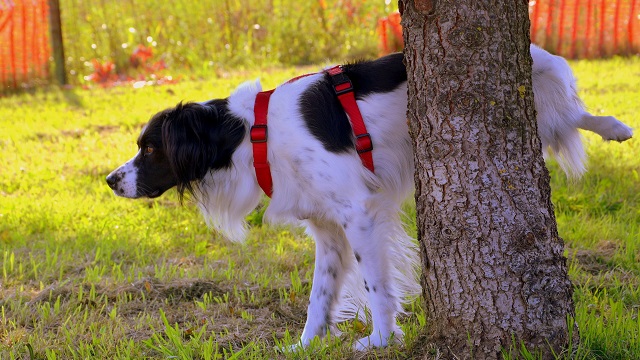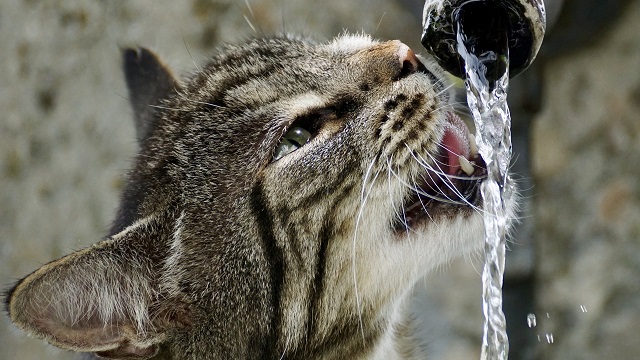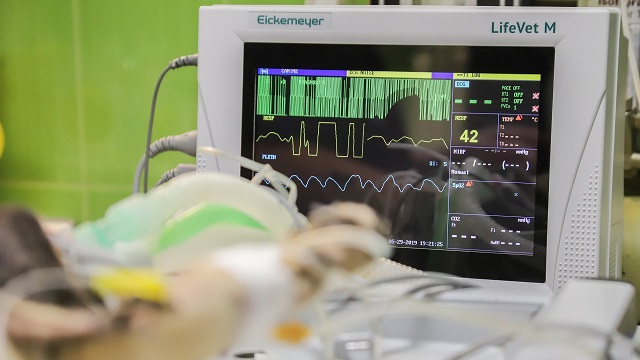Before we start, just a quick note: this article’s purpose is to help you better understand what Chronic Kidney Disease in dogs and cats is all about, in order to give you the means to readily identify it. So don’t panic, it won’t be a bunch of medical jargon!
Chronic Kidney Disease (CKD) is one of the most common diseases affecting senior pets, mainly cats. It happens when more than 75% of the kidney’s function is lost due to long-standing and irreversible damage. That is precisely why there are no curative treatments but only palliative ones… Making early detection the key point for a better outcome.
What exactly is the kidneys’ job?

As in human beings, the main role of our pet’s kidneys is to remove metabolic waste from the bloodstream and maintain the balance of fluid and minerals, such as potassium and sodium, within the body. Besides the obvious, which is producing urine, kidneys also produce some hormones, enzymes and even blood cells. So, as you can imagine, when they’re not able to fulfil their task, significant & life-threatening problems may arise.
The risks for your pet

Unfortunately, as mentioned above, CKD is extremely common among the senior population.
The chances of a cat developing kidney problems doubles between ages of 10 and 15. This is why it’s recommended that all felines above the age of 7 get a renal screening on their annual check-up. In addition, breeds like Persians or Angoras have a higher risk of developing the condition.
Regarding dogs, kidney disease is usually linked to the normal ageing process. Since the breed size greatly influences each life stage, the age of onset of the condition may be different; while smaller dogs may exhibit signs at about 10 to 14 years of age, larger ones may manifest them around the age of 7.
The secret: keep your eyes wide open for signs

Being aware of the symptoms your furry friend may display is the first and one of the most valuable preventive measures you can adopt. The major concern lies on water intake: be alert if your pet starts drinking too much water and therefore urinating more. Cats may even do it outside the litterbox.
So if you notice that suddenly your feline’s water bowl is always empty or that they are drinking from unusual water sources, you should start monitoring them closely.
Also check for: less activity or lethargy, vomiting, weight loss, bad breath. Cats may also have sore gums and oral ulcers.
Why is the vet running so many exams?

For your vet to accurately assess the extent of the affected kidney tissue and loss of function, and therefore the stage of the disease, various tests have to be performed. CKD has different official medical stages, and once they are identified, the vet will be able to set the most suitable treatment.
So don’t be surprised if the following exams are asked: urinalysis and urine cultures, blood pressure measurements, blood chemical profile, complete blood count, radiographs and ultrasounds. They are all needed indeed!
Chronic Kidney Disease in Dogs and Cats: What to expect

Optimal management of CKD usually requires repeated assessments at regular intervals, which means your vet will become your best friend!
It is important to keep your feet on the ground, though. Despite the most ardent efforts of all the concerned parts, pets with chronic renal failure will ultimately succumb to it. The goal is to provide a comfortable and happy life for as long as possible, and that is why an active participation of both the owner and the practitioner is mandatory.
Along the way, you can always reach out to our Findster Care team for support and insight. However, we strongly encourage you to always follow the protocol treatment designed for your four-legged best friend!





